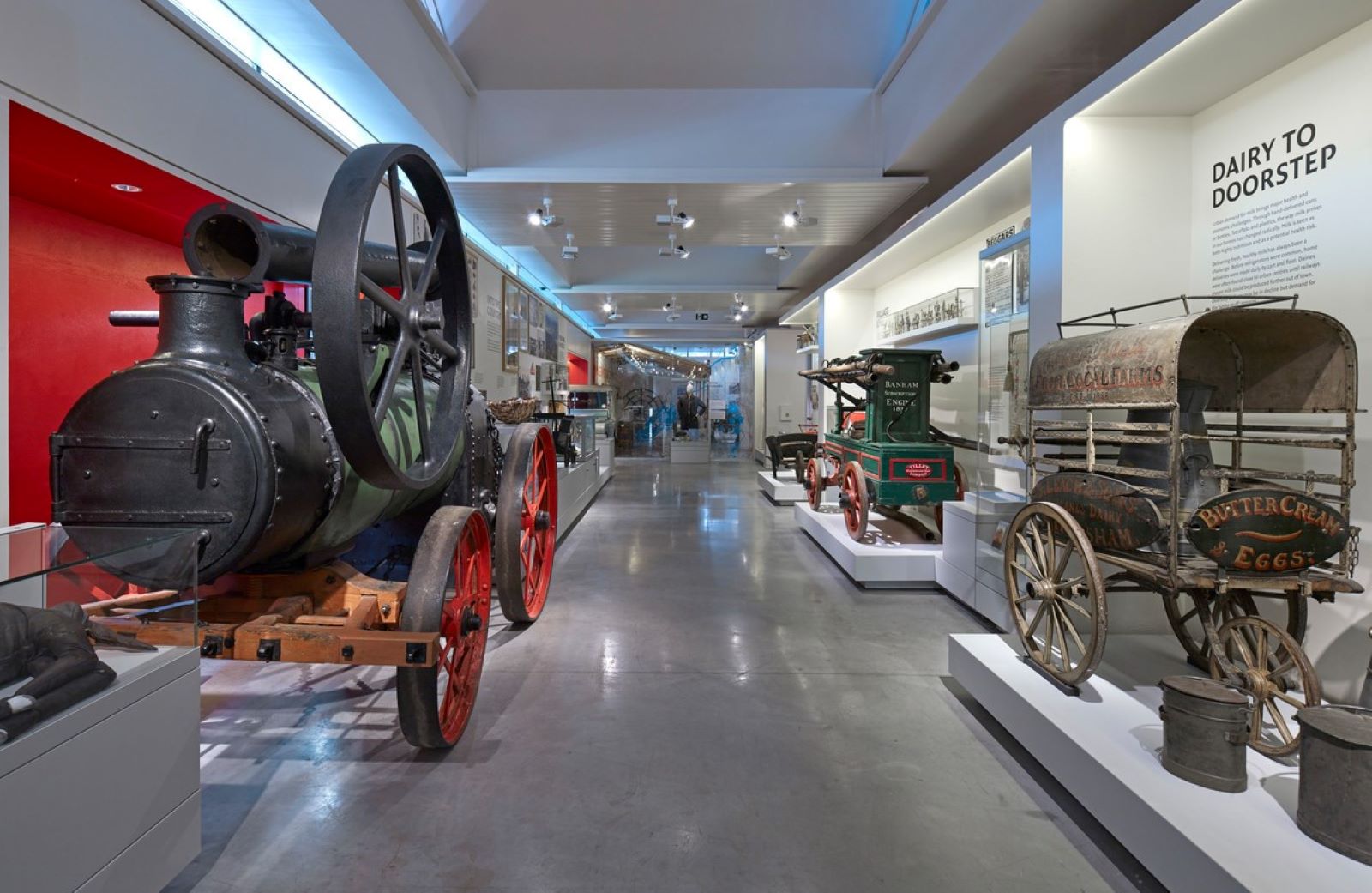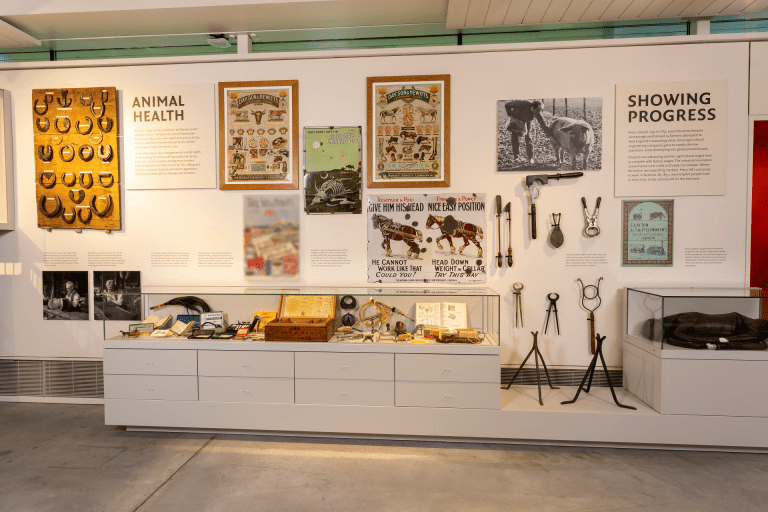Digital labels – Town and Country

Sometimes the lines between rural and urban can become blurred, which this gallery demonstrates. It focuses on the crossover between town and country, including healthcare practice, advances in technology, and allotment farming.
To find out more about an object, click the icon hovering above it.
